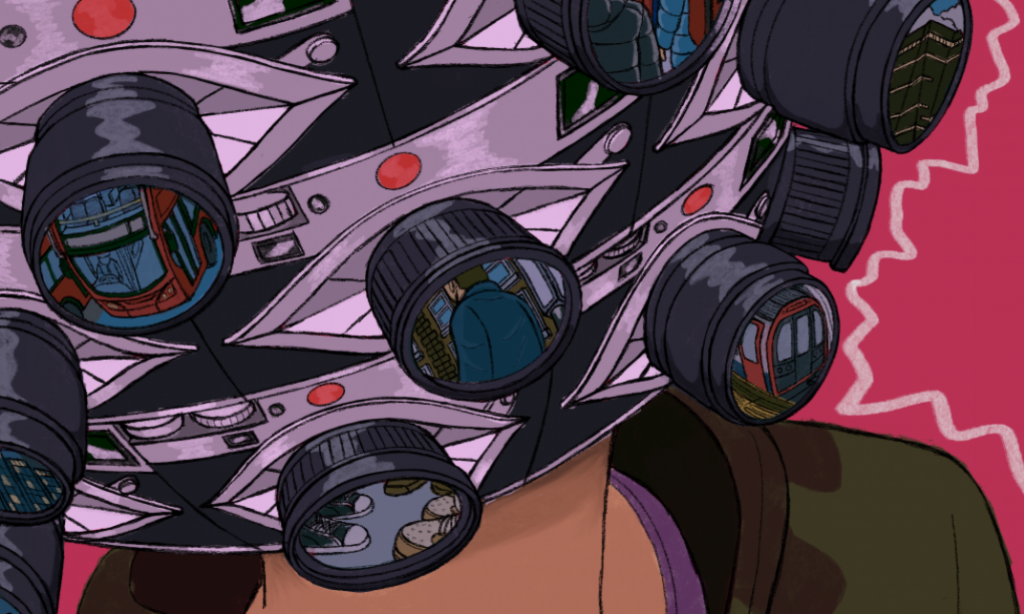Concept and creation process
For the 2D animation in Blender rotation we were tasked with creating an animation of shapes conveying emotions, making use of at least seven principles of animation that we had learned. For this animation, I chose to make a simple bouncing ball animation, having it bounce around a room to convey an excited emotion.


The main principle that would be implemented in this animation is squash and stretch. Alongside that, I would also make use of anticipation, ease in and ease out, as well as exaggeration. These were all used together to depict rapid movement of the ball.
Squash and stretch were implemented to stretch the form of the ball as it makes impact with the edges of the screen, as well as when it is bouncing through the air. Using squash and stretch, I created a sense of anticipation as the ball’s form is stretched out to spread across the surface it hits. Along with that, I used exaggeration by stretching the form of the ball to a more elongated form as it bounces across the screen to show the speed at which it is moving. Also, I made use of ease in and ease out by having more frames where the ball is stretched out across the surface and less frames where the ball is moving across the air. By creating timing with ease in and ease out, I emphasised the impact the ball has, as well as the speed it moves at.
While animating the ball, I had it start out bounce around the room at a very high speed to indicate an excited energy. I then decided to add to the emotions of the ball by having the excitement change to disappointment in the end. I chose to communicate this by having the ball change shape into a flat rectangle after hitting the wall at a high speed and subsequently slowly drop down to the floor. This contrast in both shape and energy is to show a change in emotion from the initial excitement and high energy to a sudden drop in energy to a sudden disappointment it experiences. I also made use of sound effects, most notably a hard impact sound when the ball hit the wall and turned into a rectangle, to emphasise the movements of the shape in addition to the animation.
Initial version of bouncing ball animation before peer feedback and changes:
Initial feedback I had received was that the change in emotion was not properly communicated. The shape fell to the floor too fast and because the bounce was fast and the drop was fast the energy did not dissipate and the audience did not capture that there was supposed to be disappointment indicated by a drop in energy. I had also animated the ball’s initial movements too slowly as I had animated them in threes instead of in twos. Following this feedback, I changed the ball’s animation to move around in twos so that there was faster movement. I also significantly reduced the number of in-between frames while the ball was moving across the screen so that the movements could be much more concise and sped up. With these changes, I was able to more effectively convey the initial excited energy of the ball and then the drop in energy and disappointment at the end.
